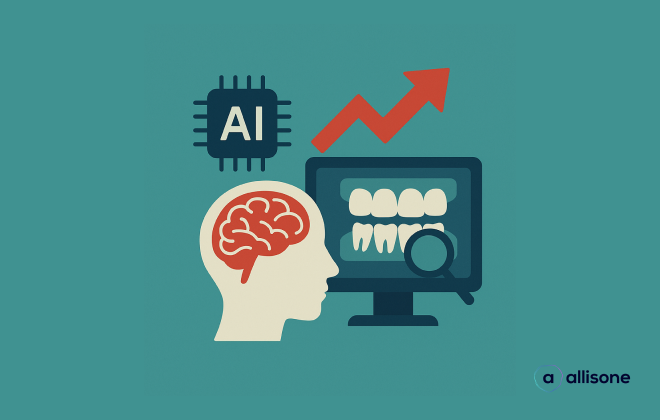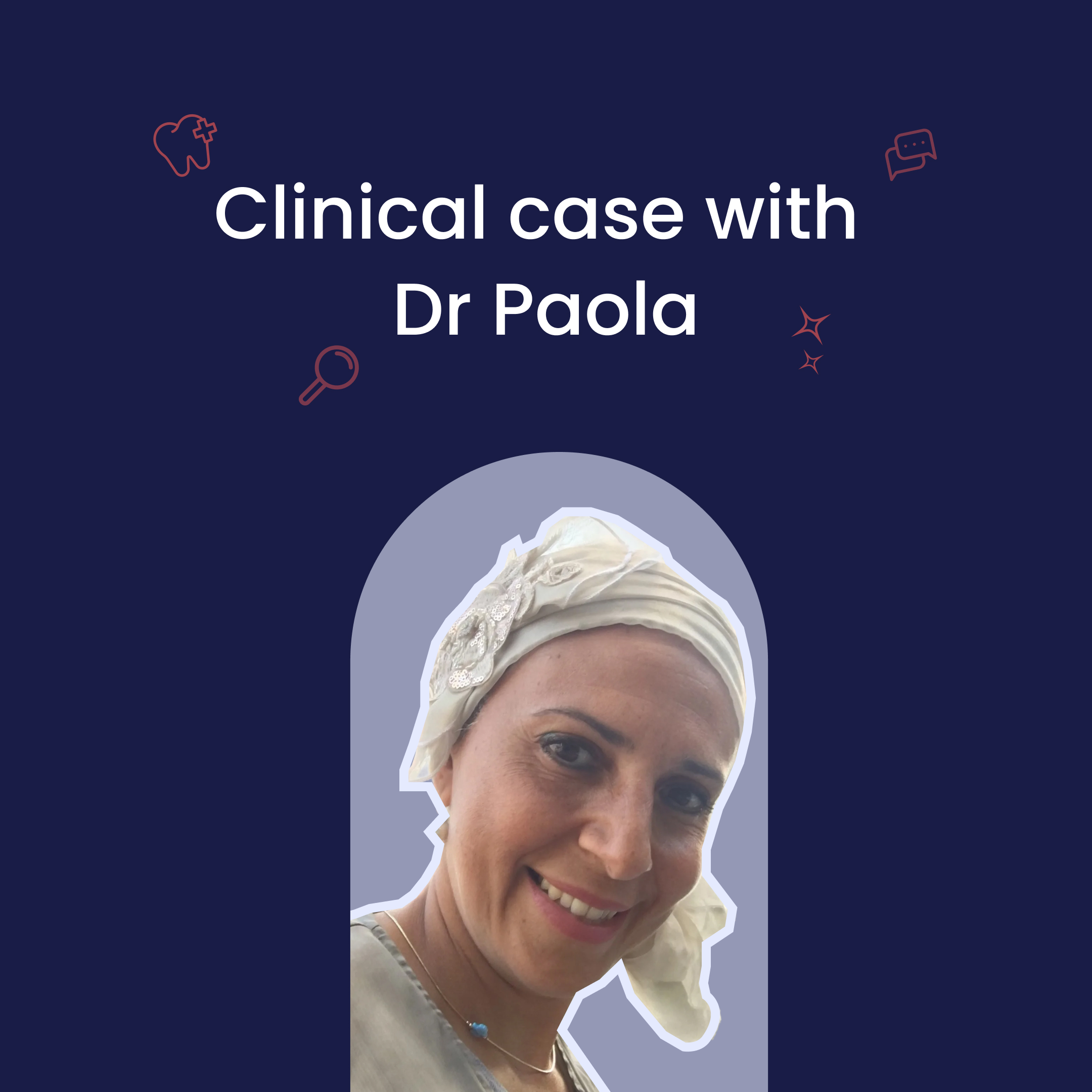
By 2030, healthcare technologies will be radically different from those of today. In healthcare, technologies are now an integral part of modern care, improving outcomes and making care more accessible. Over the next decade, technological advances will continue to shape the healthcare landscape and revolutionize the way we deliver care. In this article, we'll explore the trends to 2030, from the rise of AI and automation to improved data sharing. By understanding these trends, their challenges, and the benefits they bring, we can better prepare to embrace them to provide the best possible care.
New technologies at the service of health
Telehealth:
Telehealth services have become increasingly popular as a result of the pandemic, but will probably continue to dominate even if social distancing protocols are no longer required. Indeed, telehealth services are becoming increasingly popular with both patients and healthcare professionals due to their convenience, cost savings and accessibility. For patients, telehealth makes it possible to receive care from a healthcare professional without having to physically visit one. This can be particularly beneficial for those who have difficulty accessing care due to their location. What's more, telehealth services can deliver timely care without impacting on practice workloads... Thanks to these services, healthcare professionals can assess a patient's condition, diagnose and even prescribe medication without ever having to meet the patient in person.
This will revolutionize the way we provide care and make it easier for patients to access the care they need. In addition, remote care is covered by social security and mutual insurance companies and allows patients to access care that they would not otherwise be able to get due to financial or geographic constraints. This trend is expected to continue into 2030 and beyond.
Portable technology:
Wearable technology and devices are becoming increasingly common in both consumer and professional settings. These devices can be worn on the body or placed in the patient's environment, making them accessible to a wide variety of users. For example, some wearable devices, such as connected watches, can track heart rate, blood pressure, oxygen saturation levels, temperature fluctuations, breathing rates, sleep patterns and other metrics that can provide physicians with valuable data about a person's health. Wearables can also be used to diagnose diseases or offer personalized advice on nutrition and exercise.
As technology improves, these devices will become more common in healthcare, providing real-time data that can benefit both patients and healthcare professionals.
Automated Chatbots:
Automated chatbots are becoming an increasingly popular and acceptable part of our daily lives and are beginning to make their way into the healthcare profession. In dental offices, they provide an efficient way for dentists and their staff to communicate with patients between visits without having to devote additional time or resources to direct patient service efforts. Bots can answer questions about appointments, billing inquiries, medication reminders, post-operative instructions - in fact, any type of automated communication need a dental practice might have! Additionally, many automated chatbots are optimized for use on mobile devices so users can access them wherever they go.
Augmented reality solutions:
Augmented reality (AR) solutions allow other healthcare professionals, including dentists, to access visual aids as well as real-time information for patient care. Similar to virtual reality training solutions already in testing, augmented reality solutions can be used for training purposes by allowing students and practitioners to interact with 3D models of dental structures or equipment before performing actual procedures on patients. This makes it easier for them to learn how certain treatments work without having any prior experience!
Artificial intelligence-based technologies:
Artificial intelligence (AI) is increasingly being used in the healthcare sector, with the aim of delivering better outcomes for patients. AI has become increasingly sophisticated and can now be used to diagnose and treat illnesses more quickly, as well as to provide insights into patient data that could help detect signs of illness earlier. For example, AI can analyze patient data, such as symptoms and medical history, to determine whether a treatment plan needs to be adjusted or whether certain drugs should be avoided in order to reduce the risk factors associated with disease.
AI will allow healthcare professionals to access large datasets for instantaneous information about other cases and by other practitioners. By 2030, as remote care is expected to become more prevalent, there will also likely be an increase in the use of artificial intelligence (AI) for medical diagnosis and guidance during treatment.
Artificial intelligence will also be able to read, identify and store information according to its nature. Google has also released a software to decrypt medical prescriptions for pharmacists.
Data sharing systems and digital patient records:
The use of secure, interoperable health data systems should also increase to enable better collaboration between healthcare professionals and more efficient access to care for patients.
By having a variety of data on their patients, physicians can better assess a patient's condition and develop personalized treatment plans. In addition, data collection tools such as electronic medical records can allow healthcare professionals to access a patient's medical history, helping them make more accurate and informed decisions without having to redo a whole battery of tests. Improved data sharing will also help the medical community work together to develop new treatments and share best practices. By harnessing the power of data, we can ensure that patients receive the best possible care.
The expected patient outcome:
The goals of these technologies will be for medical care to be personalized and preventive while focusing on the patient experience.
Personalized medicine:
The use of personalized medicine is expected to become more widespread in the next decade. Using the various technologies discussed, care will be able to adapt to individual patient needs, taking into account factors such as genetic makeup, lifestyle, medical history and environment. By analyzing this data, healthcare professionals can create treatment plans specifically tailored to each person's unique needs. With access to greater volumes of data, personalized medicine will become even more accurate and effective by 2030.
Switching to preventive care:
Preventive care is going to be heavily promoted in the next decade. AI and automation tools will be of great help in detecting early signs of disease before they become serious. In addition, data analysis can provide insight into a patient's lifestyle habits or potential risk factors for certain diseases. Using this information, the medical profession will be able to develop personalized treatment plans that focus on preventive care. This will reduce the burden of chronic diseases such as diabetes and heart disease, while ensuring that patients receive the best possible care. In dentistry, the work of armchair teaching and education in the rules of good dental hygiene will be facilitated by various technologies, such asAllisoneIn dentistry, chair-side education and education about good dental hygiene will be facilitated by various technologies, such as the Internet, to encourage patients to access care in a preventive manner in order to provide the least invasive and most ethical solutions possible.
Focus on the patient experience:
The patient experience is becoming increasingly important in healthcare facilities - and by 2030, this trend is set to grow even further. Patients now demand more personalized care and a relationship with their healthcare professional than ever before. On the dental side, therefore, it's essential that dentists keep abreast of best practice in patient communication, engagement and satisfaction, so they can offer the best possible service.
These are just a few of the most exciting trends expected for 2023 in the healthtech field! With these new advancements being made every day in this rapidly evolving industry, it's impossible to say what's in store for the next few years - but one thing is for sure, we're sure it will help improve healthcare in all areas, including dentistry! By understanding these healthcare trends in 2030 now, dentists can get a head start on implementing strategies in terms of patient expectations and technology that will help them succeed in their niche field in the long run!
Articles en lien
Lorem ipsum dolor sit amet, consectetur adipiscing elit.

Comment l’intelligence artificielle optimise le diagnostic médical et la compréhension patients

L'avenir des cabinets dentaires : intelligence artificielle et gestion connectée au service des praticiens






